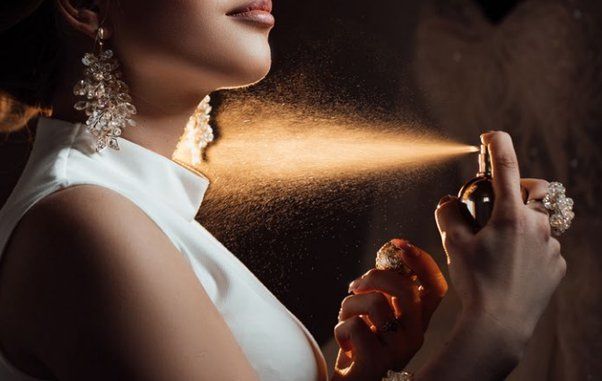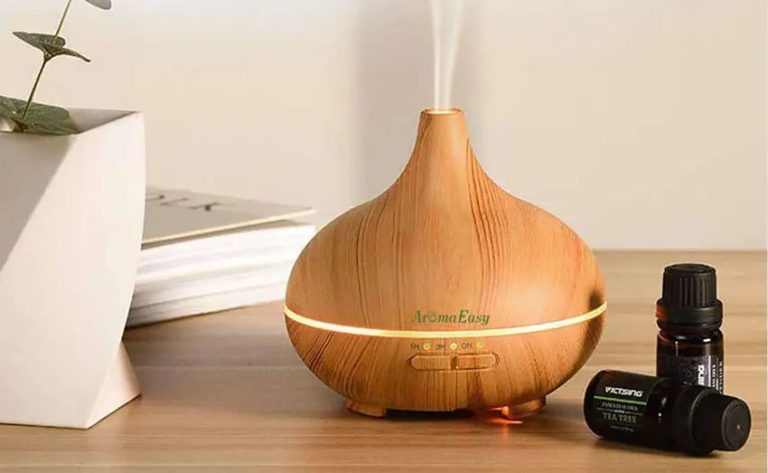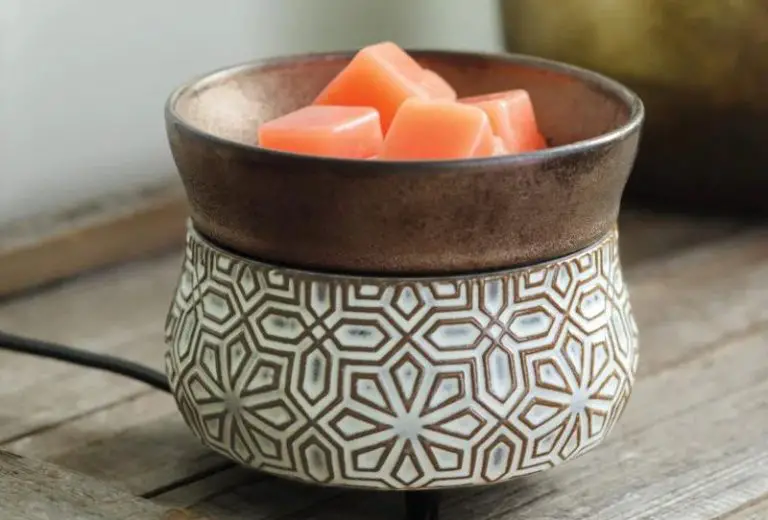Which Aromatherapy Oils Go Well Together?
Aromatherapy is the use of essential oils from fragrant plants to promote health and well-being (1). The oils are extracted from flowers, leaves, stems, roots, and other parts of the plant and contain the “essence” of the plant’s fragrance and natural therapeutic properties. When inhaled or applied to the skin, essential oils can provide physiological and psychological benefits (2). These oils have antibacterial, anti-inflammatory, and relaxing properties among others that contribute to improved mood, sleep, focus, reduced anxiety and more. Combining complementary essential oils together creates custom blends that can enhance these benefits. Some of the most popular and effective combinations include blends for relaxation, energy, focus, sleep, stress relief, and confidence. When blended thoughtfully and safely, essential oils are an excellent way to promote overall health and wellness.
Sources:
(1) https://www.piedmont.org/living-real-change/health-benefits-of-essential-oils
(2) https://draxe.com/essential-oils/essential-oil-uses-benefits/
Complementary Scents
When creating an aromatherapy blend, it’s important to combine complementary scents that enhance each other. Certain essential oils contain top, middle, and base notes. The top notes are the first scents you smell, the middle notes emerge next, and the base notes linger the longest. Blending complementary top, middle and base notes creates a harmonious aromatherapy experience.
For example, combining the fresh top notes of lemon with the sweet, floral middle notes of lavender and the musky base notes of sandalwood creates a complex, multilayered blend. The lemon provides an energizing start, while the lavender offers calming qualities and the sandalwood provides staying power. Each oil builds on the next to produce a synergistic effect.
When blended properly, the whole becomes greater than the sum of its parts. The scents interact and bloom together, creating a well-rounded aroma profile. Selecting oils that enhance each other results in a balanced, aromatic blend that utilizes the natural properties of each oil.
Blend for Relaxation

One of the most popular essential oil blends for relaxation contains lavender, bergamot, and clary sage. Lavender is known for its calming and stress-relieving properties. Bergamot has an uplifting citrusy aroma that can improve mood. Clary sage has natural sedative effects that induce feelings of relaxation. When blended together, these three oils create a synergistic effect that enhances relaxation.
Lavender essential oil contains linalool and linalyl acetate, compounds that have been shown in studies to reduce anxiety and promote sleep. The scent of lavender triggers the limbic system in the brain which controls emotions and influences the parasympathetic nervous system to relax the body. Just inhaling lavender oil can lower blood pressure, heart rate, and levels of cortisol in the blood.
Bergamot contains alpha-pinene and limonene which give it an energizing citrus aroma that can help improve low mood associated with stress or anxiety. Studies show bergamot oil reduces serum cortisol levels which helps control the body’s stress response. Bergamot can also lower blood pressure and heart rate.
Clary sage has natural antispasmodic, antidepressant, and sedative effects. It contains the compound sclareol which binds to GABA receptors in the brain inducing relaxation and reducing anxiety. Studies demonstrate clary sage oil can reduce cortisol levels and anxiety symptoms in women.
By combining lavender, bergamot, and clary sage essential oils you get a synergistic blend that enhances the calming and relaxing properties of each individual oil. Adding 2 drops lavender, 2 drops bergamot, and 1 drop clary sage to a diffuser can create a relaxing environment that calms the mind and body before bedtime. Massaging several diluted drops over the neck and shoulders also promotes relaxation.
Sources:
https://www.lemon8-app.com/discover/relaxing%20aromatherapy%20blend%20recipes?region=sg
Blend for Energy
One of the most popular aromatherapy oil combinations for an energizing boost is grapefruit, lemongrass, and rosemary. The invigorating citrus aroma of grapefruit paired with the stimulating herbal scents of lemongrass and rosemary creates an energizing blend perfect for diffusing when you need a pick-me-up.
Grapefruit oil is known for its uplifting and revitalizing properties that can help increase alertness and energy. According to Desert Domicile, “Grapefruit essential oil is one of the best essential oils for energy. The powerful, fresh citrus aroma is uplifting and stimulating.”
Lemongrass also has an invigorating citrusy aroma that can help boost energy levels. As LabAroma states, “Lemongrass essential oil helps stimulate and reenergize the mind and body. It helps boost energy levels and fight fatigue.”
Finally, rosemary is another fantastic energizing oil. Loving Essential Oils explains, “Rosemary helps stimulate the mind and body, increasing focus, energy and alertness.”
By combining the bright scents of grapefruit and lemongrass with the herbal aroma of rosemary, you get an energizing and refreshing diffuser blend perfect for a midday pick-me-up or when you need a boost of energy.
Blend for Focus
One of the most popular essential oil blends for improving focus and concentration contains peppermint, frankincense, and cedarwood. The refreshing and energizing scent of peppermint works alongside the earthy, woody aroma of cedarwood to stimulate the mind. Frankincense adds a sweet, warm balsamic quality to the blend, which helps provide a sense of calm focus.
Peppermint oil has demonstrated the ability to improve cognitive performance, as indicated in scientific studies. It enhances alertness, while also working to reduce mental fatigue. Frankincense essential oil has also been shown to help improve attention and focus. It may work by activating certain receptors in the brain that are associated with cognitive function.
Lastly, cedarwood essential oil has a woody, comforting scent that has a stabilizing effect on the mind and emotions. By promoting relaxation, it allows you to focus intently with less distraction or anxious thoughts. When diffused or applied topically, these three oils create an aromatherapeutic experience that sharpens concentration and sustains attention span.
Blend for Sleep
One of the most common uses of aromatherapy is to promote restful sleep. Certain essential oils have soothing, calming properties that can help prepare both the mind and body for sleep. One excellent sleep-promoting blend contains lavender, marjoram, and Roman chamomile oils.
Lavender is renowned for its relaxing, sedative effects. It slows down racing thoughts and relieves nervous tension, making it the perfect addition to a nighttime blend. Marjoram has a warm, spicy aroma that soothes body and mind, easing away stress and worry. Roman chamomile has a sweet, fruity scent that conjures feelings of peace and tranquility. It calms restlessness and anxiety.
A few drops of the lavender, marjoram, and Roman chamomile trio before bed is the ideal way to transition into a peaceful, restorative sleep. The blend can be diffused, added to a warm bath, or massaged into the skin. Inhaling the floral, herbal aroma helps signal your body that it’s time for bed. As you breathe in the essential oils, feelings of calm and relaxation will wash over you, preparing you for sleep.
Blend for Stress Relief
One of the most popular essential oil blends for relieving stress is bergamot, ylang ylang, and patchouli. Bergamot oil has a sweet, citrusy scent that is uplifting and helps improve mood. It contains compounds like linalool and limonene that have calming effects (https://www.ebay.com/itm/354478460792). Ylang ylang oil has a floral, slightly spicy aroma that is associated with relaxation; it contains compounds like linalool that interact with neurotransmitter receptors and reduce anxiety (https://askeverybazaar.com/product/awira-lavender-essential-oil-100-natural-pure-for-hair-skin-face-oil/). Finally, patchouli oil has an earthy, musky scent that is grounding. It contains compounds like patchoulol that have sedative properties to relieve stress.
When blended together, these three oils create a synergistic effect that relieves feelings of tension, irritability, and anxiousness. Bergamot lifts the mood, ylang ylang reduces anxiety, and patchouli promotes calmness. This combination can be diffused, added to bathwater, or mixed with a carrier oil and applied topically during periods of high stress.
Blend for Confidence
An energizing blend that can help boost confidence and courage contains sweet orange, jasmine, and ginger essential oils (Source: https://www.aromaweb.com/recipes/confidence-recipes-blends-using-essential-oils.php). Sweet orange uplifts the mood with its bright, citrusy aroma. Jasmine has a sweet, floral scent that is soothing and sensual. Ginger provides warming and empowering properties. When blended together, these oils create an invigorating scent that can make you feel more self-assured and ready to take on challenges.
To make this confidence-boosting blend, mix together:
- 3 drops sweet orange essential oil
- 2 drops jasmine essential oil
- 1 drop ginger essential oil
You can enjoy this blend by inhaling it directly from the bottle or diffusing it in your surroundings. The uplifting citrus and floral notes will help stimulate feelings of positivity, motivation, and belief in yourself.
Rules for Blending
When creating your own essential oil blends, it’s important to follow some basic guidelines:
Focus on complementary scents that blend well together. Some popular pairings include lavender and bergamot, jasmine and ylang ylang, and rosemary and lemon. Limit your blends to 3-5 oils maximum so the scents don’t become overly complicated or muddled.
Always do a patch test on a small area of skin before applying any blend more broadly. Essential oils can cause skin irritation or allergic reactions in some individuals. Mix your oils with a carrier oil like coconut or jojoba oil to help avoid sensitivities.
Follow proper dilution ratios – usually around 2-5% is considered safe for most adults. This ensures you don’t over-concentrate the oils.
Take notes as you create blends so you remember which combinations you enjoyed. Pay attention to how the scent evolves as the oils interact.
Some helpful blending tips can be found at this Etsy shop.
Conclusion
In summary, there are many benefits to combining essential oils in aromatherapy. Certain oil blends can enhance relaxation, boost energy, increase focus, promote sleep, relieve stress, build confidence, and more. When blending oils, it’s important to follow safety guidelines like diluting oils and avoiding phototoxic combinations. The key is to experiment and find oil combinations that work best for your needs.
Some of the most popular oil blends highlighted in this article include lavender, bergamot, and ylang ylang for relaxation; grapefruit, lemon, and peppermint for energy; frankincense, rosemary, and vetiver for focus; lavender and roman chamomile for sleep aid; lavender, orange, and patchouli for stress relief; and jasmine, clary sage, and orange for confidence.
When combining essential oils, start with small dilutions and adjust the oils and proportions as needed. Pay attention to how the blends make you feel. Create your own signature scent by being creative and trusting your intuition. With hundreds of aromatherapy oils to choose from, the possibilities are endless.
Aromatherapy and essential oil blending is an art. Mastering the synergistic mixing of aromatic oils can enhance your life and wellbeing. Approach blending with an open mind and positive intention. Safe, informed experimentation will help unlock each oil’s healing potential.





